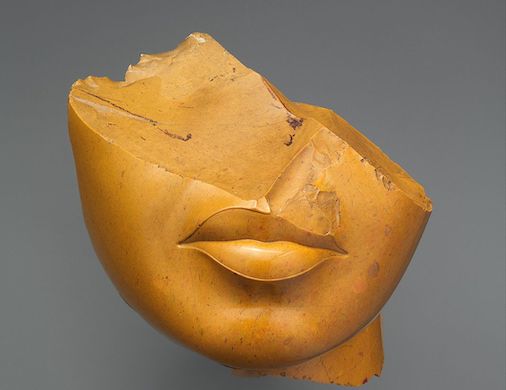‘case study’
By Graeme Macrae Burnet
Biblioasis, 288 pages
“Biography of X: A Novel”
By Catherine Lacey
Farrar, Straus and Giroux, 416 pages
Case Study recreates the career of one of RD Laing’s rivals and seeks to defeat the Scottish psychiatrist by outraging everyone and claiming there is no divided self because there is no self to begin with. “Biography of
In both novels, the main characters attract cultists and lovers seeking a form of liberation that the psychotherapist and writer/artist appear to have achieved for themselves. The widow of
In Case Study, an analysand/narrator assumes a false identity and new self to expose Braithwaite as the wrong person who drove her sister to suicide. But the mistaken identity, a self braver than her host, practically takes over and falls in love with the ruthless psychotherapist who offers her no choice but to become someone else if she isn’t comfortable with who she is is satisfied.
In other words, both novels support Virginia Woolf’s claim that we have multiple selves and that a biography can only explain some of them. But is there a core self – or a pattern of behavior that one might call a pattern of behavior – that makes a biography possible? Whatever doubts there may be about a single self, the novels find a certain coherence in the lives of Braithwaite and X, no matter how much identity chaos they choose.
Despite all the similarities, these novels differ significantly in their assessment of biography as a form of knowledge. “Biography of
The widow, with her superior sense of entitlement, is content when she points out the errors of the unauthorized biographer. The curious thing, however, is that the work of the two biographers never converges on crucial issues, as indeed happens with biographies and biographers outside of this fictional work. Instead, the widow remains isolated, confronting only her sources – not all of the sources that come into play when rival biographers are at work.
Case Study, on the other hand, juxtaposes the quest of a narrator, the analysand, with an alternative voice, a sober, calm, informed biographer who progressively uncovers the sources of Collins Braithwaite’s unruly personality and the reasons for his assault on psychiatry.
The parallel titles of Case Study are deeply satisfying because they convey a sense of how we live in doubt day in and day out, often unaware of our own motivations. They often only become clear when looking back at a biography.
It turns out that Collins Braithwaite is not just the sensationalist figure from press reports, nor just the exposure therapist we see working in his office, but a very different figure, unable to relate to the world he is tried to dominate, or to reconcile with the world he tried to dominate the homeland from which he comes and which ultimately dominates him.
X, on the other hand, dies of a heart attack, leaving the widow to think about her partner until the end of the book, and it’s impossible to believe that a biography can fix anything. It is what X said in the first place: there is no self, no core to penetrate. So biographies cannot clarify the meaning of a life. Each biography is preliminary and subject to the next narrative, which builds on and corrects the predecessors.
Yet what in “Biography of the dead ends and discoveries that make biography an eternal pursuit.
Mr. Rollyson is the author of Biography: A User’s Guide and A Higher Form of Cannibalism? Adventures in the Art and Politics of Biography.”
www.nysun.com
https://www.nysun.com/article/plumbing-the-depths-of-the-self














